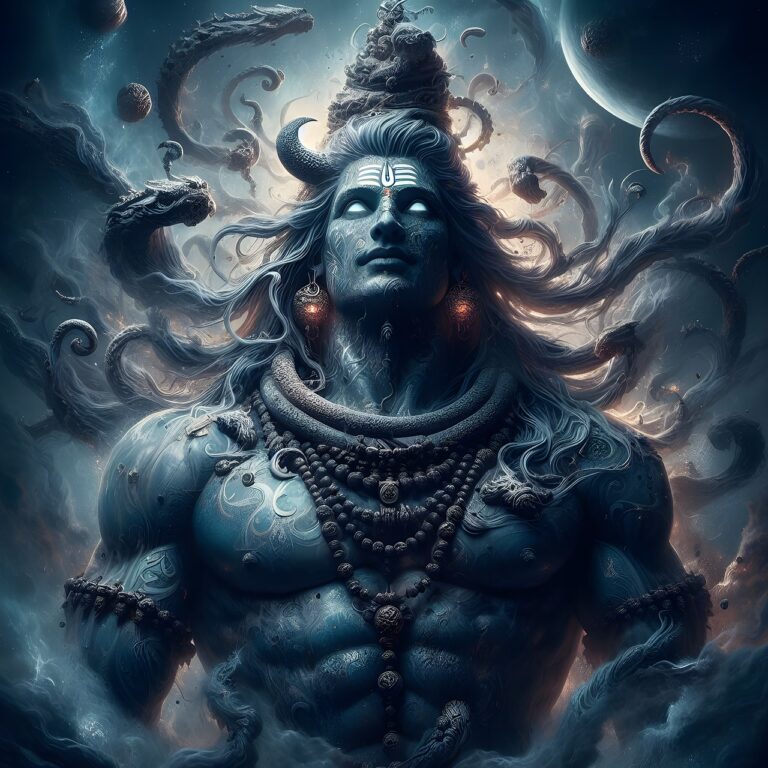The Evolution of Dance: From Classical Ballet to Street Dance
Classical ballet, with its origins tracing back to the Italian Renaissance courts of the 15th century, has been an art form steeped in tradition and grace. This sophisticated dance style developed over centuries, blending elaborate footwork, precise movements, and storytelling gestures to create a harmonious expression of beauty and emotion on stage.
As classical ballet evolved, it found a new level of refinement in the French courts during the 17th century. Influenced by the works of Jean-Baptiste Lully and Pierre Beauchamp, ballet masters and choreographers began codifying techniques and positions, paving the way for the structured discipline that defines classical ballet today. The elaborate costumes, intricate pointe work, and intricate pas de deux all became hallmarks of this elegant dance form.
Rise of Modern Dance
Modern dance emerged as a groundbreaking art form in the early 20th century, challenging the structured and classical traditions of ballet. Pioneered by innovative choreographers like Isadora Duncan, Martha Graham, and Merce Cunningham, modern dance shifted the focus from strictly technical movement to a more expressive and emotional style. This new approach embraced individual creativity, improvisation, and a deeper connection to music and personal experiences.
Rejecting the constraints of rigid ballet techniques, modern dance encompassed a diverse range of styles and interpretations, paving the way for experimental and unconventional movements. Choreographers began exploring themes of human emotions, societal issues, and personal narratives through their choreography, pushing the boundaries of traditional dance forms. With its emphasis on self-expression and authenticity, modern dance revolutionized the art world and continues to inspire new generations of dancers and choreographers worldwide.
Influence of Jazz Dance
Jazz dance emerged in the early 20th century as a vibrant and energetic form of movement that drew influences from African, European, and American dance traditions. Known for its syncopated rhythms, isolations, and improvisational nature, jazz dance quickly became a popular style embraced by dancers around the world. With its emphasis on individual expression and musicality, jazz dance offers dancers a unique platform to showcase their creativity and versatility on stage.
One of the key aspects that distinguishes jazz dance from other dance forms is its fusion of various styles and techniques. From Broadway musicals to music videos, jazz dance has left a lasting impact on the entertainment industry. Its infectious energy and dynamic movements continue to inspire choreographers and dancers to push boundaries and explore new possibilities in the realm of dance.
How has jazz dance influenced the evolution of classical ballet?
Jazz dance has brought a new level of freedom and improvisation to classical ballet, influencing choreographers to incorporate more fluid and dynamic movements into their routines.
What role has jazz dance played in the rise of modern dance?
Jazz dance has played a significant role in the development of modern dance, with its emphasis on individual expression and innovation inspiring dancers to break away from traditional techniques and styles.
How has jazz dance influenced the overall dance world?
Jazz dance has had a lasting impact on the dance world, pushing boundaries and challenging traditional norms to create a more diverse and inclusive art form. Its influence can be seen in various dance styles and genres today.







